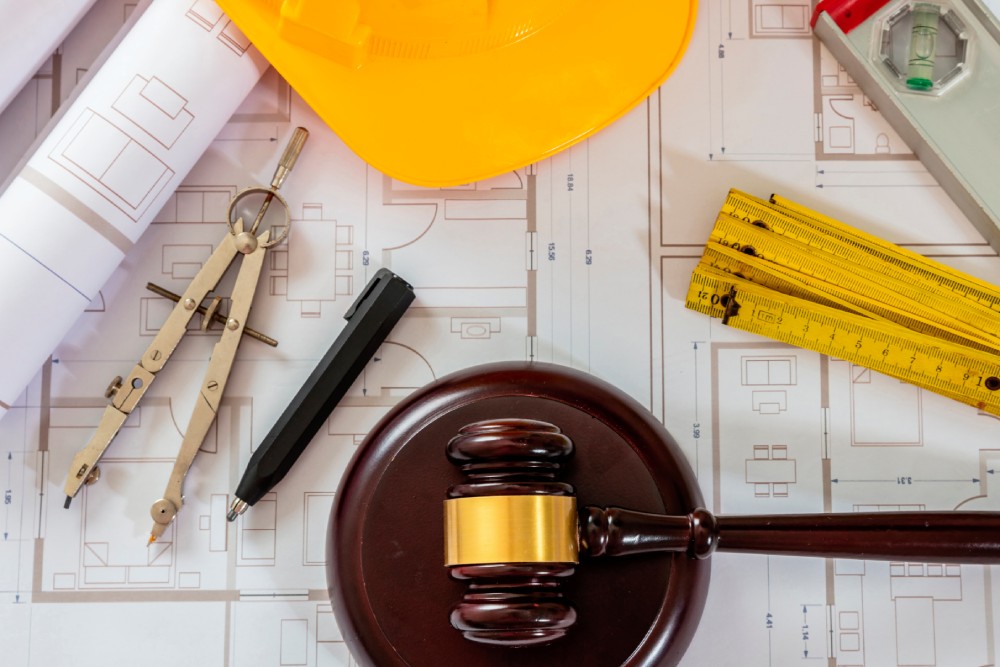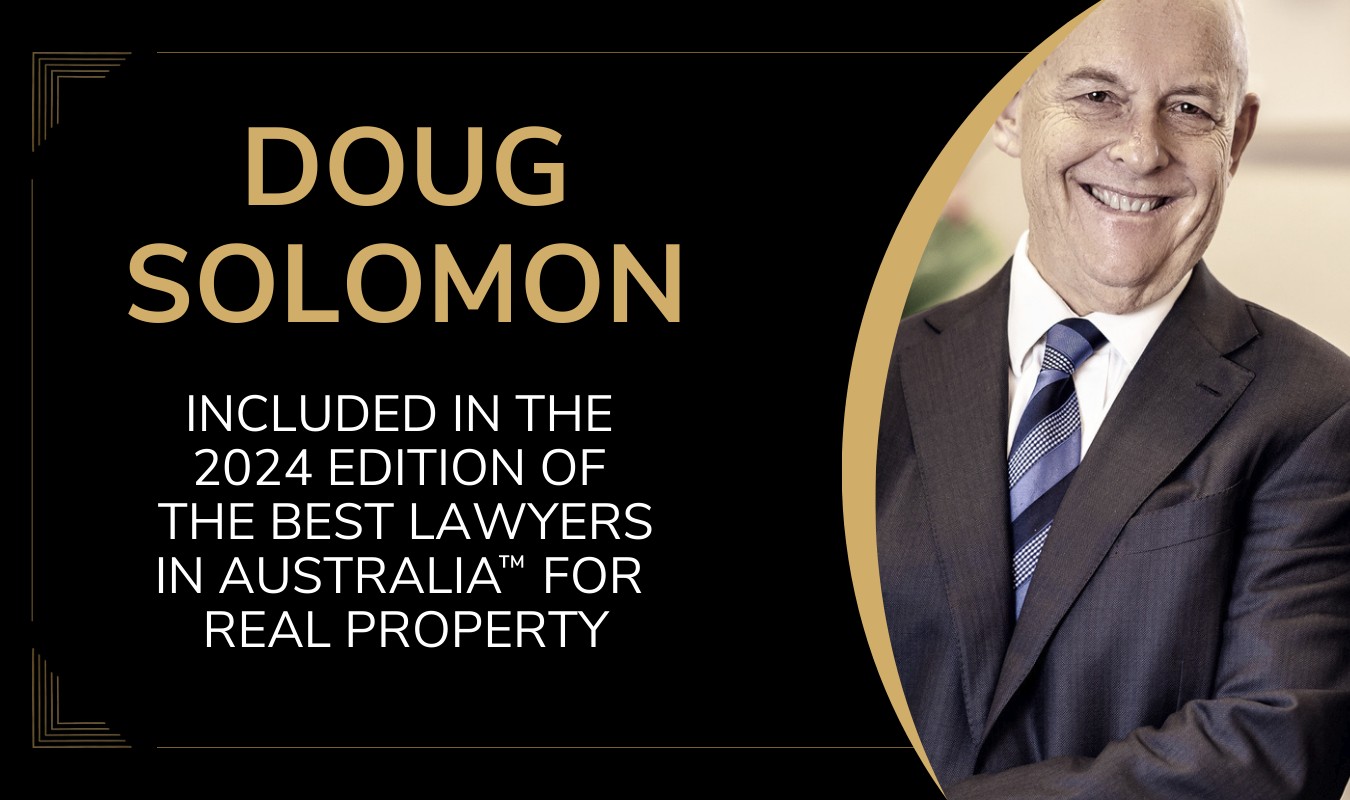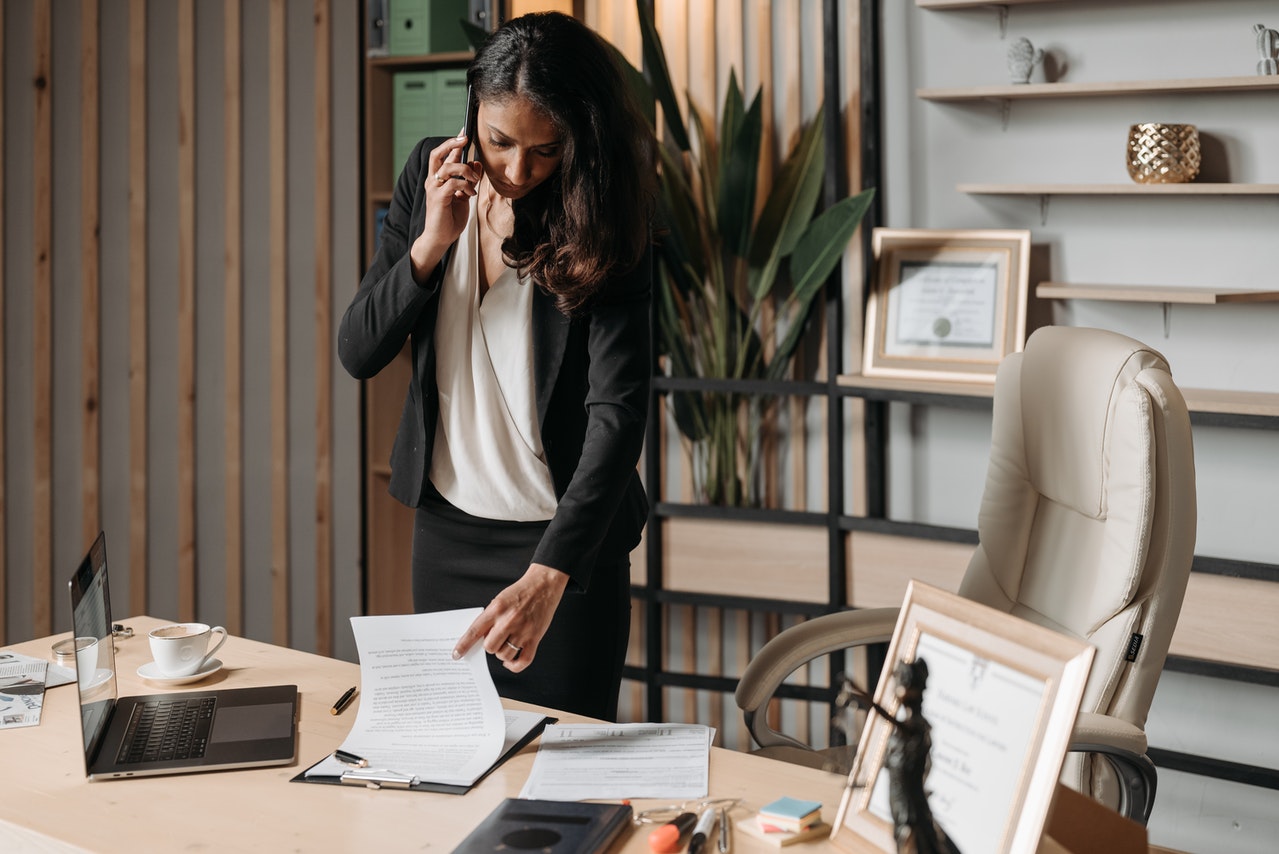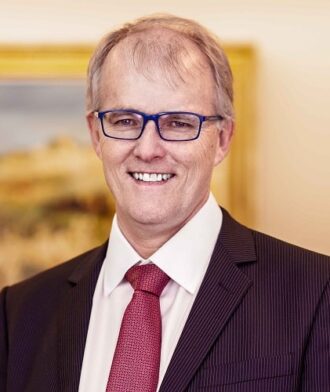
As recently shared through LinkedIn, David Marsh shares his insights into Valmont Interiors Case at Emporio Armani at Sydney International Airport. For those seeking further support our construction law team are available to help.
Valmont Interiors Case
An important decision on how estoppel operates in the context of a detailed variation clause in a construction contract was recently handed down by the New South Wales Court of Appeal in Valmont Interiors Pty Ltd v Giorgio Armani Australia Pty Ltd [2021] NSWCA 93.
At the heart of the appeal was the question of whether an estoppel would operate to prevent a party, which directed additional works outside the express contractual variation regime, from bringing those works back within the contractual variation regime and then using the time bar provisions of that regime to bar the claim.
The background facts can be briefly summarised as follows:
1. The contract was for the construction fitout works of a new Armani store at Sydney Airport.
2. As part of the contract, Valmont was to install joinery that was to be manufactured in China and supplied by Armani – that is, the cost of that joinery would not form part of the contract sum.
3. When the manufacturer advised that it could not meet the timeframe for the provision of all of the joinery, Valmont was directed to supply the items of joinery that the manufacturer was unable to supply.
4. Valmont duly supplied the necessary joinery but Armani then refused to pay for it on the basis that Valmont had not complied with the variation provisions of the contract.
5. The trial judge held that, up to the point in time that Armani corrected the assumption that Valmont had been operating under (i.e. that the works would not constitute a variation but would be separate to the contract), Armani was estopped from relying on the variation provision. Unfortunately for Valmont, the point in time fixed by the Judge precluded the joinery claim. The relevant date fixed by the judge was 11 April 2016, being the date of an email from the representative of Armani to Valmont (11 April Email) that his Honour held corrected the assumption that Valmont had been acting on.
Bell P, with whom McPharlan and Leeming JA agreed, agreed with the trial judge that Armani ought to be estopped but found that, as a matter of fact, the 11 April Email did not have the import attributed to it by the trial judge such that Armani was estopped from denying the entirety of the claim. Aside from differing in the reading of the relevant email, the president also made some relevant observations on the operation of estoppel in this context that are of much broader import.
First, Bell P picked up on the language used by Justice Gaudron in Waltons Stores v Maher of the wrongdoer being under a duty to correct the assumption that the innocent party was operating under. In doing so, his Honour accepted that none of the remainder of the majority in Walton Stores spoke of a “duty” but rather he used the language employed by Justice Gaudron to make the point that the wrongdoer must inform the “… party labouring under a particular assumption that the basis for that assumption had “materially changed”, is one which must be discharged clearly.” [Emphasis Added]
It was for this reason that Bell P, contrary to the decision of the trial judge, found that the 11 April Email did not operate to correct the assumption that Valmont had been operating under as it was insufficiently clear to do so.
Secondly, the President went further with his analysis and noted that, even if the 11 April Email had been sufficiently clear, at the time it was sent, it was no longer possible for Valmont to comply with the variation provisions – that is, the detriment that Valmont had suffered was now fixed and Valmont was no longer in a position to overcome it by complying with the contractual provisions. As such, Armani would have still been estopped from relying on the time bar provisions even if the 11 April Email had been sufficiently clear.
In my view, the same conclusion that the President reached would apply if the assumption was corrected prior to the expiration of the relevant time bar, but left insufficient time for the innocent party to comply with that time bar.
No doubt, lawyers will now consider how they might protect the party in Armani’s position. It can probably be done by casting an onus on the contractor to treat anything that might be a direction for a variation as such a direction and requiring them to seek clarification from the principal such that they proceed with those works at their own risk. This is not an uncommon provision but can be undone via estoppel or though s.18 of the ACL where the principal gives a clear indication that the contractor may ignore the provision. Whether it would be fair or not to have such a provision where works are performed in a highly compressed timeframe, as was the case in Valmont, is another question.
Finally, it should be noted that, while Valmont relied upon estoppel to maintain its claim, it is easy to see that the facts of Valmont could have given rise to a claim under s.18 of the ACL; although, in light of the result reached by the Court of Appeal, there would have been no benefit of doing so.
Disclaimer: This post has been prepared as a general summary only. It is not, and is not intended to be, legal advice with respect to any particular matter. This post should not be relied on with respect to any particular matter. If you have questions about any aspect of this decision you ought to seek legal advice. The author and Solomon Brothers disclaim liability to any person who relies on this post.















